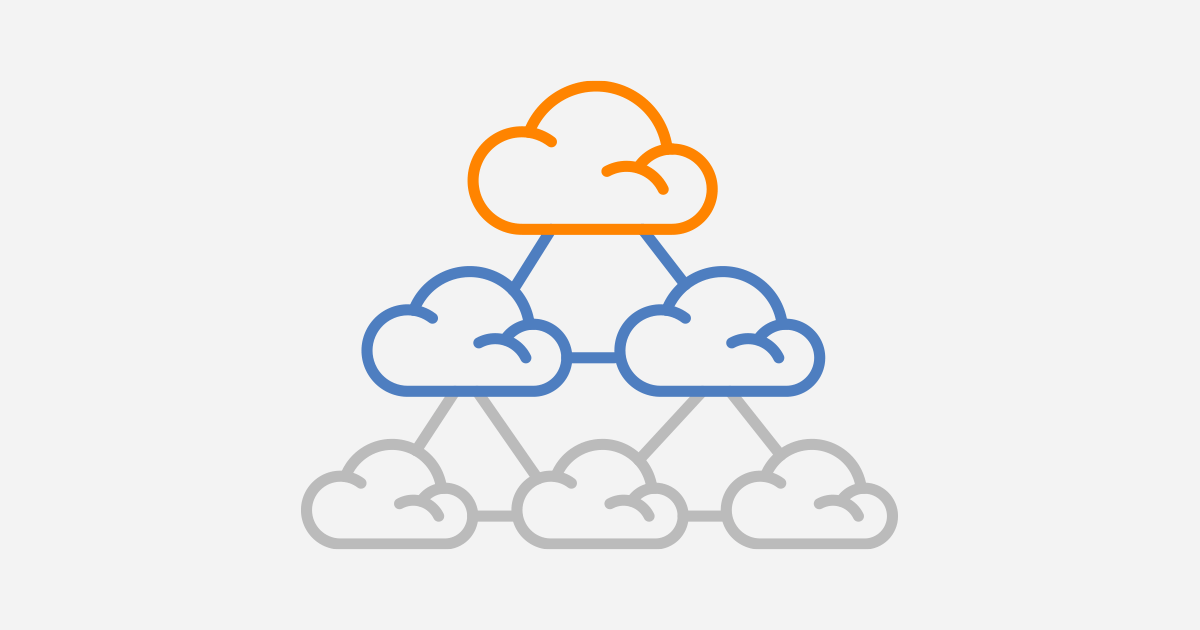In the field of networking and connectivity, understanding the complexities of IP transit pricing is paramount for companies looking to improve their processes while reducing costs efficiently. The pricing structure is based on a mix of ports and services. Each of these variables is a major factor in determining overall costs. Let’s go on a trip to discover the economics behind IP pricing for transit, focusing on crucial factors, strategies and nuances.

Port and Service Dynamics
IP transit pricing revolves around the utilization of ports and associated services. Each service must be connected to one or several ports. This gives an adaptable framework that permits the configuration of networks to be customized based on individual requirements. Each port can host multiple products, and fees will vary depending on the ports that are chosen.
Understanding Committed Data Rate (CDR)
Committed Data Rate is the key concept in IP transit pricing. It represents the minimum rate of data commitment that a port has to make. CDRs should be at least 10% the dimensions of the port to provide a minimum level of connectivity. For instance, if the business chooses to go with an 10G port the minimum commitment will be 1G. The CDR acts as a base for pricing as higher commitments translate into lower fees per unit.
Bursting Over CDR
IP transit ports can allow bursting above CDR. This allows companies to deal with sudden increases in traffic. Burst traffic is charged at the same cost per Mbps as the CDR and allows for flexibility without incurring additional costs. This feature can be especially beneficial to companies with changing usage patterns and variations in the frequency of network activity.
Factors Influencing Pricing
Numerous factors influence IP transit pricing, such as the size of the committed data rate, the chosen port speed, as well as the volume of traffic. Higher CDRs or speeds usually result in lower fees per unit, which can encourage companies to upgrade their connectivity to achieve savings in costs. The level of competition in the market and the ability to negotiate by the customer could impact pricing agreements.
Cost Optimization and Maximizing Value
To maximize the value of IP transit the best strategy must be adopted to optimize budgets. It is essential for businesses to conduct an in-depth assessment of their network needs with regard to factors such as traffic volumes anticipated, scaling requirements and performance objectives. When they align these requirements with the most appropriate pricing plans and offerings organisations can ensure that they’re getting the best value for their investment.
Strategies to Control Costs
Cost management strategies are an excellent strategy to decrease the impact IP transit costs have on budgets. It is essential to examine price agreements frequently to identify opportunities for improvement and negotiations. The insights from monitoring networks and analytics tools can be used to take proactive decisions which allow businesses to adjust their configurations in a dynamic manner to meet the changing requirements.
Future-proofing is essential.
In a rapidly changing technological environment, ensuring the future of your network infrastructure is vital for the long-term sustainability of your network. When considering IP transportation costs business owners should not think of only their current requirements but also the future potential for expansion and growth. Choosing solutions that are scalable and offer flexibility and expansion will reduce the requirement for expensive upgrades down the line.
Compare pricing models and compare providers
The market for IP transit is filled with a wide range of providers, each offering unique pricing models and services. Comparing providers thoroughly can help businesses choose the most suitable one to their particular needs, while also taking into account factors such as reliability, performance, and customer service as well as price. It’s essential to look beyond just the bottom line and take into account the worth proposition of each service.
Conclusion
To understand the economics of IP pricing for transit, it is important to have a complete understanding of the underlying dynamics of the process, its factors and strategies. Businesses can maximize the return of their investment by taking advantage of knowledge about port and service dynamics and optimizing budgets. With careful planning, strategic decisions and a focus on resilience, businesses can build high-performance, durable networks that support their growth and expansion in a world that is becoming more connected.